STEFAN KOSTKA
Holds degrees in music from the University of Colorado and the University of Texas and received his Ph.D. in music theory from the University of Wisconsin. He was a member of the faculty of the Eastman School of Music from 1969 to 1973. Since that time he has been on the faculty of the University of Texas at Austin, now holding the rank of Professor Emeritus. Dr. Kostka initiated courses in computer applications in music at both the Eastman School and the University of Texas. More recently, he specialized in courses in atonal theory and contemporary styles and techniques, interests that led to a second book, Materials and Techniques of Post-Tonal Music. Dr. Kostka is active in various professional organizations and is a past president of the Texas Society for Music Theory.
DOROTHY PAYNE
Held both bachelor’s and master’s degrees in piano performance and a Ph.D. in music theory, all from the Eastman School of Music. She was on the faculty of the University of South Carolina from 1994 until 1998. Former administrative positions include those of Dean at South Carolina, Director of the School of Music at the University of Arizona, and Music Department Head at the University of Connecticut. Prior faculty appointments were held at the University of Texas at Austin, the Eastman School of Music, and Pacific Lutheran University. Dr. Payne presented lectures and workshops on theory pedagogy at meetings of professional societies and served the National Association of Schools of Music as a visiting evaluator, member of the Accreditation Commission, and Secretary of the Executive Committee. Dorothy Payne passed away in 2010.
BYRON ALMÉN
Holds a bachelor’s degree in music and physics from St. Olaf College, a master’s degree in piano performance from Indiana University, and a Ph.D. in music theory from Indiana University. He has been a member of the faculty of the University of Texas at Austin since 1998. He is the author of A Theory of Musical Narrative and the coauthor, with Edward Pearsall, of Approaches to Meaning in Music, both published by Indiana University Press, along with numerous articles and book chapters. He is the winner of several teaching awards, including the prestigious University of Texas System Regents’ Outstanding Teaching Award. In addition to his continued performing activities as a pianist and organist, he is active in professional organizations in music, semiotics, and psychology. Dr. Almén teaches courses in the undergraduate harmony sequence, as well as courses in music theory pedagogy, the history of music theory, and score reading.
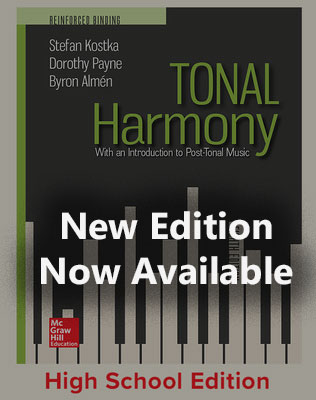




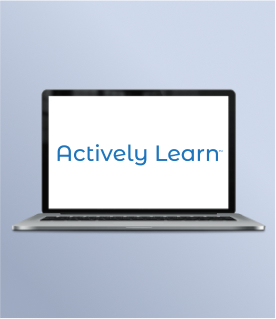







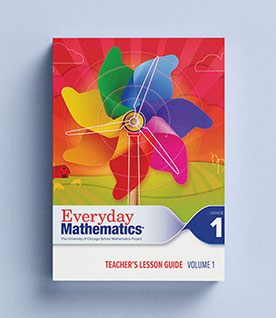

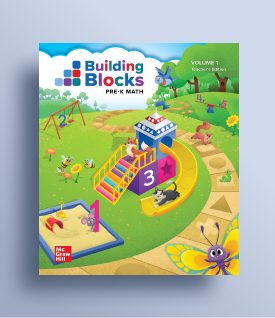

















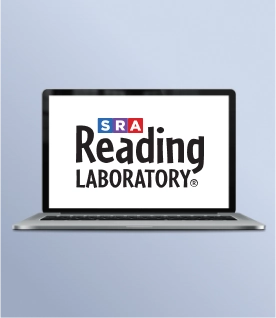










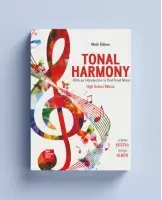
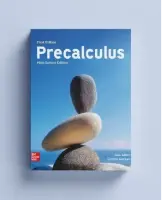

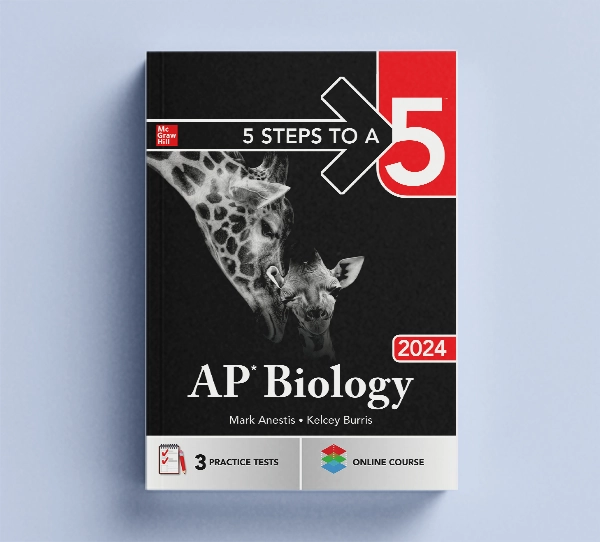
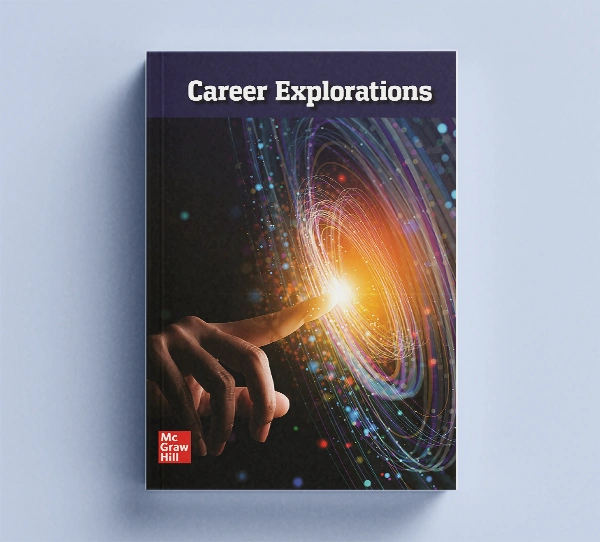
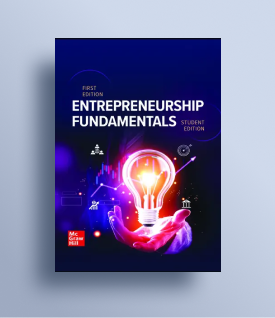

Social Studies
View all Social Studies Programs
IMPACT (K–5)
Actively Learn (3–12)
New Social Studies (6–12)
Networks (6–12)